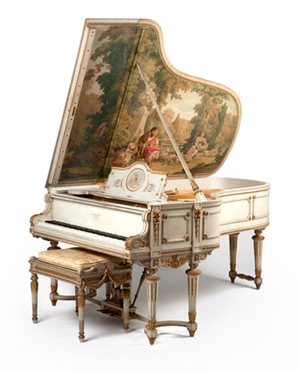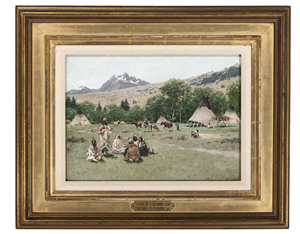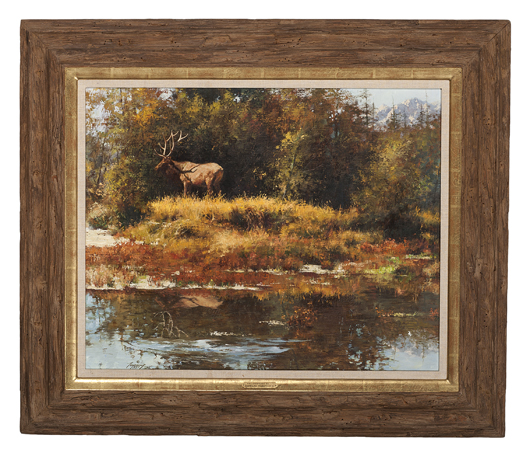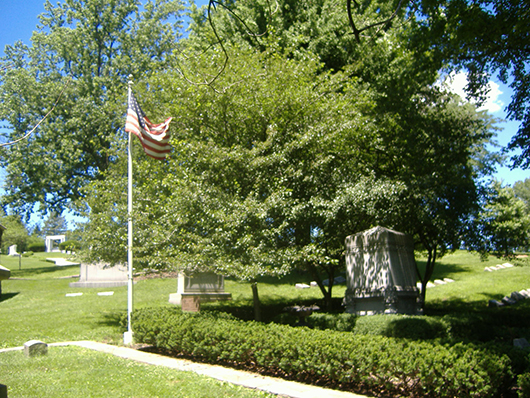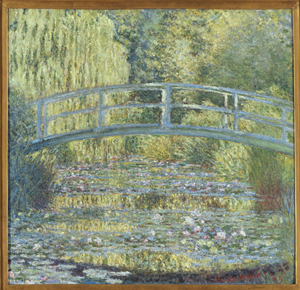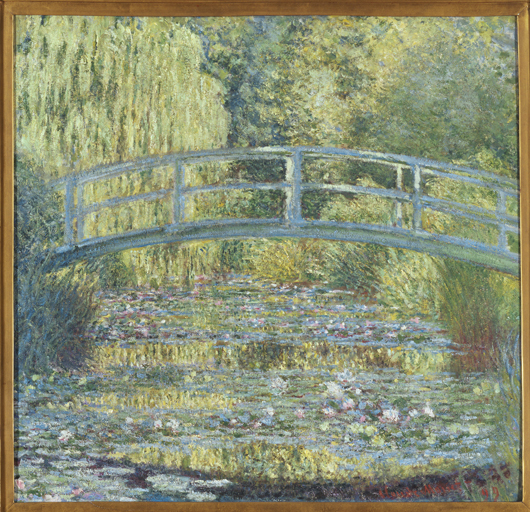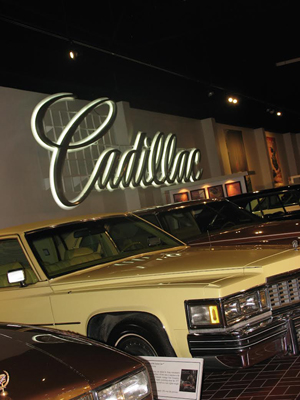
LONDON – Winter is approaching and Londoners are already bracing themselves for the big freeze. Or perhaps that should be the big Frieze. The capital’s hippest art fair, and its more sedate cousin Frieze Masters, are set to hoover up all the media attention in the coming weeks as contemporary art moves to the top of London’s cultural agenda. (Fig. 1) The process started a week ago when Frieze’s co-founders Matthew Slotover and Amanda Sharpe announced their decision to step down as the fairs’ directors to pursue new projects. 
Frieze is not the only London art fair to undergo a recent change of leadership. The LAPADA Fair — the annual fair organized by the UK’s leading antiques trade association — has just closed its 2014 edition in Berkeley Square and by all accounts it was another successful event. The association is now under the wing of its new CEO, Rebecca Davies, who took over from Sarah Percy-Davis who stood down in May. Percy-Davis is widely credited with having transformed the organization during her 10-year tenure.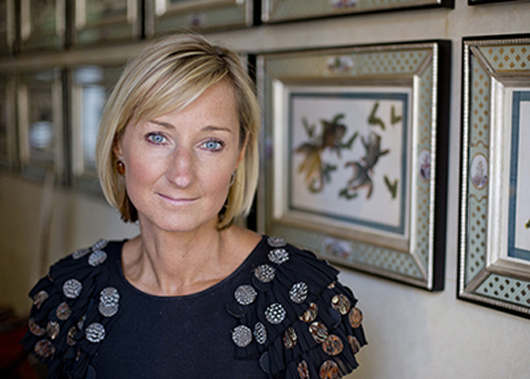
The musical chairs has also extended to the British Antique Dealers’ Association, the other main trade body for UK dealers. Michael Cohen, director of Cohen & Cohen, the world’s leading dealers in export porcelain, was recently appointed the association’s new chairman. 
Staying on questions of title and provenance, this month also saw the relaunch of Art Resolve, the cultural property dispute resolution service, has developed a new approach to settling title disputes over works of art and cultural and historic objects. Art Resolve’s directors, members and friends met recently at the ancient St. Olave’s Church in London to celebrate the relaunch of what is likely to become an important agency in an increasingly critical area of the market. 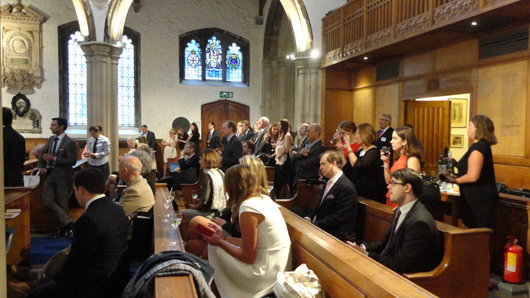
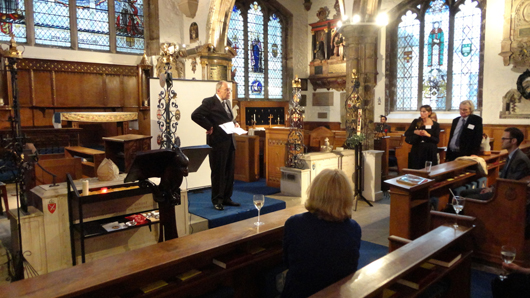
Palmer has assembled an impressive roster of art market professionals, lawyers and experienced mediators to assist him in running the organization. Panel members include, among others, the specialist mediator Lord Strathcarron, barrister Malcolm Taylor, city solicitor Hetty Gleave, and Diana Cawdell, founder/director of Cawdell Douglas, one of the UK’s leading strategic communications organizations for the international art market.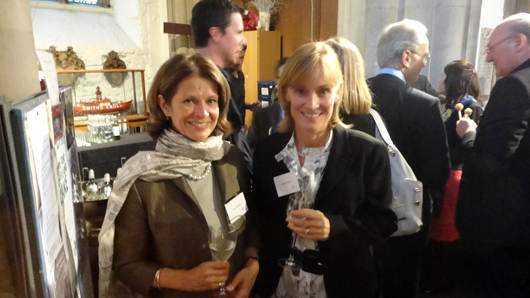
Gleave and Cawdell told Auction Central News that Art Resolve aims to fulfill an important role by mediating in what are often thorny issues of authenticity, title, family disputes and restitution. “We’re able to bring a less stressful, more confidential and more cost-effective approach to dispute resolution, offering the parties greater control than the conventional court process,” said Gleave. The note of cultured calm was subtly reinforced at the relaunch by lyric soprano Charlotte Derry and pianist Horacio Redondo Lopez, who together filled the famous medieval church of St. Olave’s with glorious music.
There was a palpable sense of business coming back to life in the capital this month as summer began to fade and early autumn set in. The darker evenings do bring opportunities for a little romance, though. Twenty years ago it would have been unheard of to witness Mallett, one of London’s oldest and most venerable antique furniture dealers, collaborating with a team of funky Vancouver-based postmodern designers. 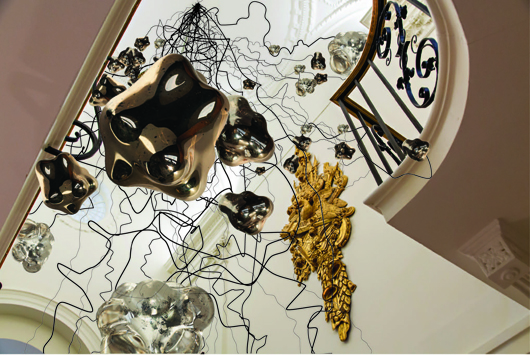

Scheduled to coincide with the London Design Festival, the evening offered an opportunity for a leisurely stroll around the sumptuous Georgian interiors of Ely House. The move to the “Bishop’s Palace,” as it has been known since the 1720s, seems to have helped Mallett, who have seen their business begin to recover over the past 12 months. 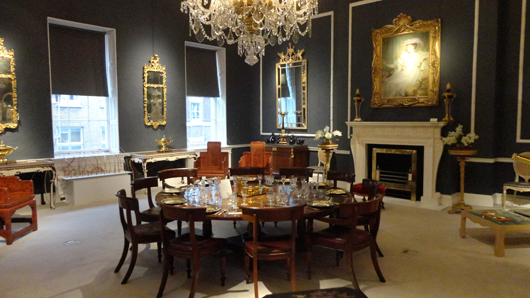
London antiquities dealer Charles Ede Ltd. has also recently announced an imminent move to new premises. The firm will be holding their inaugural exhibition at Three King’s Yard, Mayfair from Oct. 15 to Nov. 14, which will feature a range of important antiquities from the Greek, Roman and Egyptian periods.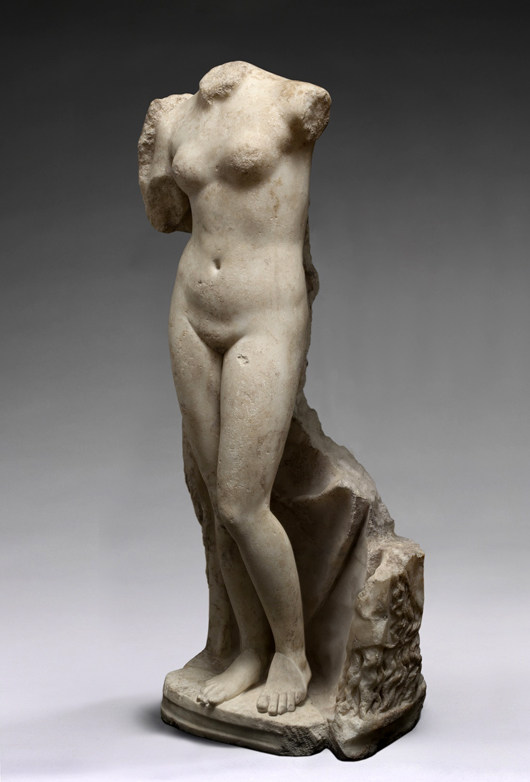
Antiquities have become a hugely controversial field in recent years as looted objects continue to make their way onto the international art market. However, Charles Ede’s managing director James Ede has been a key figure in pressing for best practice in the London antiquities trade through stringent approaches to provenance research on items offered for sale. We are told that the title of the company’s new exhibition, “A Flourishing Tradition,” seeks to reflect that ethos, referring to both the history of the gallery and the long tradition of antiquities collecting. However, given the current geopolitical turmoil that is bringing increasing quantities of illicit material onto the open market, one wonders whether dealing in antiquities will be able to “flourish” for much longer.
The state-of-the-art refurbishment of the new gallery aims to “reference the age of the Grand Tour whilst embracing a contemporary aesthetic.”





